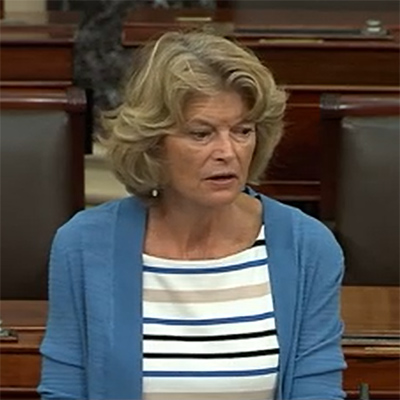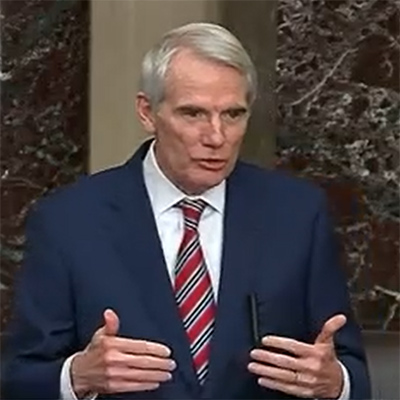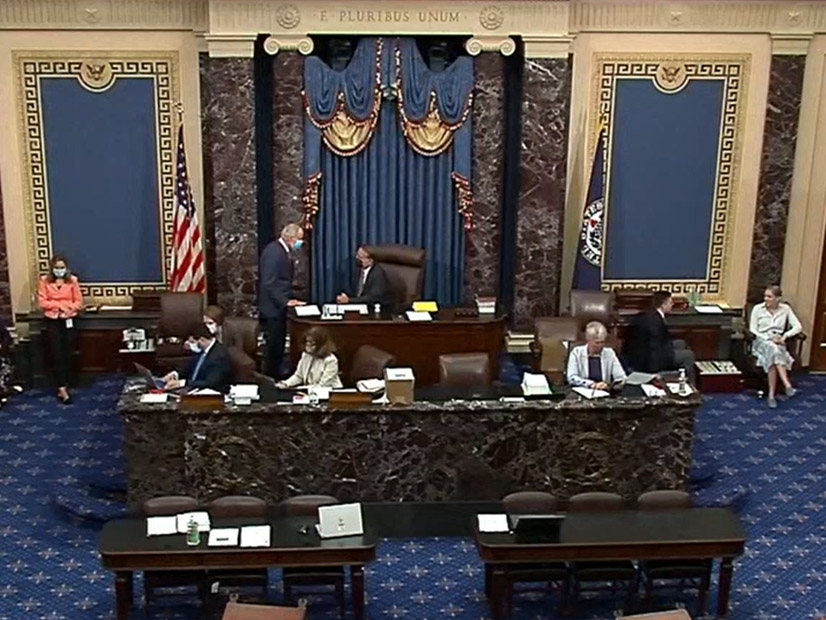The Senate on Monday began debating a bipartisan $1.2 trillion infrastructure bill, which would provide billions for grid improvements, alternative vehicle fueling, supports for existing nuclear plants and redevelopment of coal mining communities.

The text of the 2,702-page Bipartisan Infrastructure Investment and Jobs Act was released Sunday after clearing a procedural vote 66-28 on Friday, with 16 Republicans joining all 50 members of the Democratic caucus in support.
Majority Leader Chuck Schumer (D-N.Y.) said he hoped the Senate would consider amendments and approve the bill “in a matter of days,” and quickly consider a $3.5 trillion infrastructure package that Democrats hope to approve via a budget reconciliation process that is not subject to the filibuster.
The bipartisan bill includes new federal spending of about $550 billion over fiscal years 2022-26. Here are some of the highlights of the bill’s provisions on electricity and climate change, based on the bill text and a summary from the Senate Committee on Environment and Public Works:
Electric Vehicle Charging and Alternative Vehicle Fueling ($7.5 billion): The bill would support development of “publicly accessible electric vehicle charging infrastructure” as well as hydrogen, propane and natural gas fueling infrastructure along designated “alternative fuel corridors” with an emphasis on “rural, disadvantaged, and hard-to-reach communities.” The bill authorizes $2.5 billion from the Highway Trust Fund over five years for a new competitive grant program to build out alternative fuel corridors and $5 billion for a new Electric Vehicle Formula Program to provide money for states to build electric vehicle charging infrastructure. Grants would be limited to $15 million each.
Clean School Buses and Ferries ($7.5 billion): The bill includes $2.5 billion for replacing existing school buses with zero-emission buses and $2.5 billion for those running on alternative fuels. Another $2.5 billion is targeted for the replacement of existing ferries with electric or low-carbon ferries.
Port Truck Emissions Reduction Program: The bill would provide $400 million to reduce air emissions from trucks idling at port facilities.
Existing Nuclear Plants ($6 billion): Nuclear plants at risk of closing because of market conditions would be eligible to participate in a bidding process for subsidies administered by the Department of Energy.
Former Coal Sites: Section 40209 makes the sites of former coal mines and generating plants eligible for $750 million in grants for repurposing the properties as an “advanced energy property.” Qualifying technologies would include renewables (solar, hydro, wind, geothermal or hydrothermal, fuel cells, microturbines or energy storage systems and carbon capture use and sequestration). Manufacturing of electric or fuel-cell vehicles and heavy-duty hybrids also would be eligible.

Grid Infrastructure and Resilience: Section 40101 would provide $5 billion in grants for supplementing existing grid hardening efforts, reducing the risk of wildfire and the consequences of “disruptive events.” Eligible projects would include weatherization and fire-resistant technologies; undergrounding of electrical equipment; relocation and reconductoring of power lines; vegetation and fuel-load management and distributed energy resources. Half of the funding would be for states and tribes with the other half for entities such as electric grid operators, generators, storage operators, transmission owners and distribution providers.
Section 40103 authorizes $6 billion for demonstrations of “innovative approaches to transmission, storage, and distribution infrastructure to harden and enhance resilience and reliability.”
Section 40106 creates the “Transmission Facilitation Program,” which authorizes the Department of Energy to sign contracts for up to 50% of the capacity of new transmission lines of at least 1,000 MW or upgrades to lines of at least 500 MW to encourage other entities to contract for capacity. It allows up to $2.5 billion in borrowing at any one time. The bill prioritizes projects that enhance “capacity, efficiency, resiliency, or reliability,” including reconductoring with advanced conductors and hardware and software enabling dynamic line ratings, advanced power flow control, or grid topology optimization. Also favored would be projects that facilitate interregional transfer capacity or lower greenhouse gas emissions.
Reaction
Many interest groups expressed their support for the package after the agreement was announced and cleared procedural votes last week.

The Nuclear Innovation Alliance praised the inclusion of full funding for two large demonstration projects under the Advanced Reactor Demonstration Program, saying it will “catalyze private sector innovation and cement U.S. leadership in advanced nuclear technologies.”
The Business Network for Offshore Wind said it would “jumpstart offshore wind supply chain opportunities and enable states to strategically invest to develop port facilities” through funding for port and transmission upgrades and a manufacturing tax credit.
The Carbon Capture Coalition was encouraged by “provisions to scale deployment of carbon capture, removal, utilization and associated CO2 transport and geologic storage infrastructure.”
The Clean Energy Business Network urged passage, saying, “Supporting the clean energy industry would create both immediate AND long-term benefits by generating well-paid manufacturing and construction jobs in every part of the country while creating a stronger, healthier, and more resilient future.”




